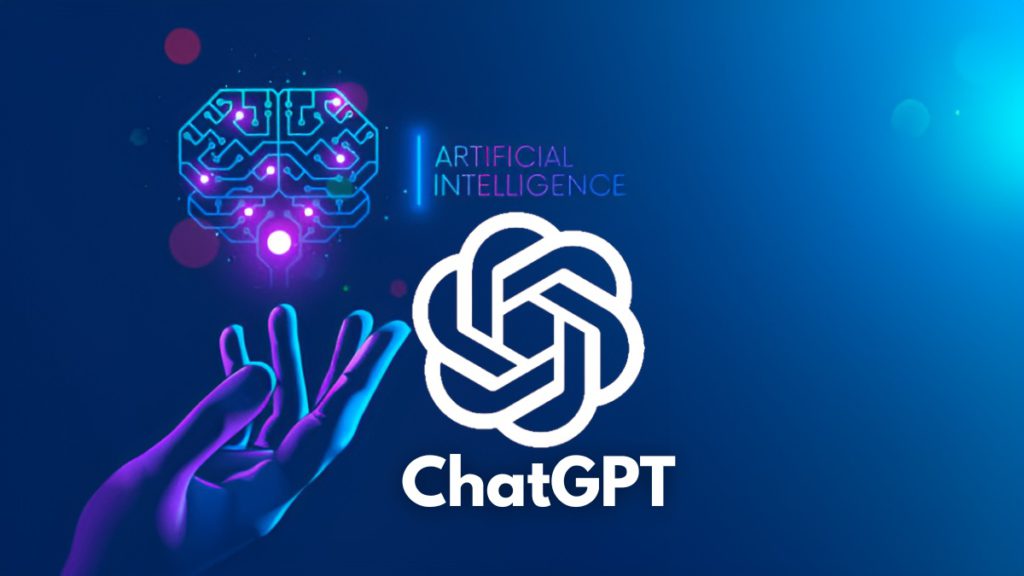From crafting compelling visuals to generating written content and beyond, AI has undeniably left an indelible imprint on the global landscape. These AI models have not only streamlined daily tasks but have also elevated the overall functionality of our surroundings. Whether automating social media updates or enabling the swift creation of businesses, AI effortlessly tackles a myriad of requests. Given this transformative impact, it’s only natural for Bharat to integrate this innovation into its ecosystem. In recent years, Bharat has experienced significant growth, marked by the emergence of new businesses and notable technological advancements.

Adhering to this elevating growth is the newest addition to the world of AI, Hanooman. The Indian AI model has been recognised as a potential competitor to the popular ChatGPT. This announcement marked a significant step forward in India’s AI ambitions, addressing the drawbacks and shortcomings of current language models while also taking into account the nation’s unique linguistic landscape. While that sounds interesting enough, there’s so much more you must know. So, without further ado, let’s learn about this newest Indian AI model.
Also Read: JioCinema Collaborates With ShareChat and Moj For Bite-Sized Sports Content
How did it all start?

The boom prompted by OpenAI’s chatbot, ChatGPT, continues to attract interest as it has become a part of diverse industries around the globe. This sparked interest in the billionaire business tycoon of India and the owner of Reliance Industries, Mukesh Ambani. He, with his Seetha Mahalaxmi Healthcare and 9 IITs across India, has taken a leap into the competitive race of AI. Announced on February 1, 2024, Hanooman, India’s very own AI model, is set to compete with the tech giants worldwide with its exceptional features and advancements. Let’s take a glimpse at the essence of Hanooman.
Hanooman: The Bharat GPT Marvel

Hanooman, in essence, is not just an AI; it is an assortment of open-source Indic large language models (LLMs) that are designed to master the intricacies of up to 11 Indian languages, including Hindi, Tamil, and Marathi. The ambitious goal is to eventually cover all 22 recognised languages. With this initiative in works, Hanooman will be able to communicate in a diverse range of Indian languages, enabling inclusive and accessible digital communication for all. It is named after the Hindu deity Hanuman and is developed in collaboration with 9 Indian Institutes of Technology (IITs) and Seetha Mahalaxmi Healthcare (SML) to generate both text and speech in multiple languages.
Learn What the Future Holds
The official announcement of Hanooman at a Mumbai tech conference was truly astounding, demonstrating its proficiency in real-time interactions across a wide range of scenarios, from a developer in Hyderabad to a mechanic in Tamil Nadu. It illustrated Hanooman’s versatility as a tool for bridging communication gaps between people from various backgrounds. Its goal goes beyond conversations and aims to revolutionise four key sectors.
It is presently focused on addressing challenges faced in the healthcare sector, leveraging automatic speech summarizations for medical consultations and advice in vernacular languages. Additionally, it is working to simplify access to government services by getting rid of the linguistic hurdles in the field. In the arena of banking and finances, it aims to enable smoother conversations about financial concerns in users’ native languages. Other than that, it also aims at offering educational content and tutoring in a linguistically versatile way.
What’s more? The Power of Speech Recognition
Hanooman’s advanced speech-to-text features are set to improve the user experience by making sure your words are fully comprehended, regardless of whether you speak or type. This feature establishes Hanooman as a linguistic bridge, linking the digital gap to the power of speech.
The Launch of Hanooman

Even post-announcement, the digital sphere is abuzz with anticipation for the unveiling of what the Hanooman models are set to bring to the ecosystem. This launch transcends mere technological progress; it symbolises a cultural revolution that has the potential to democratise information and services for millions of Indians. Hanooman is at the forefront, pioneering a transformation in India’s digital ecosystem to make it more inclusive. It envisions a future where language ceases to be a barrier and becomes a conduit for unity and progress, promising a paradigm shift in how we connect and thrive in the digital age.
What do you think of Hanooman? We stan for its competition with the AI moguls, and if you do the same (or not), let us know in the comment section below.


